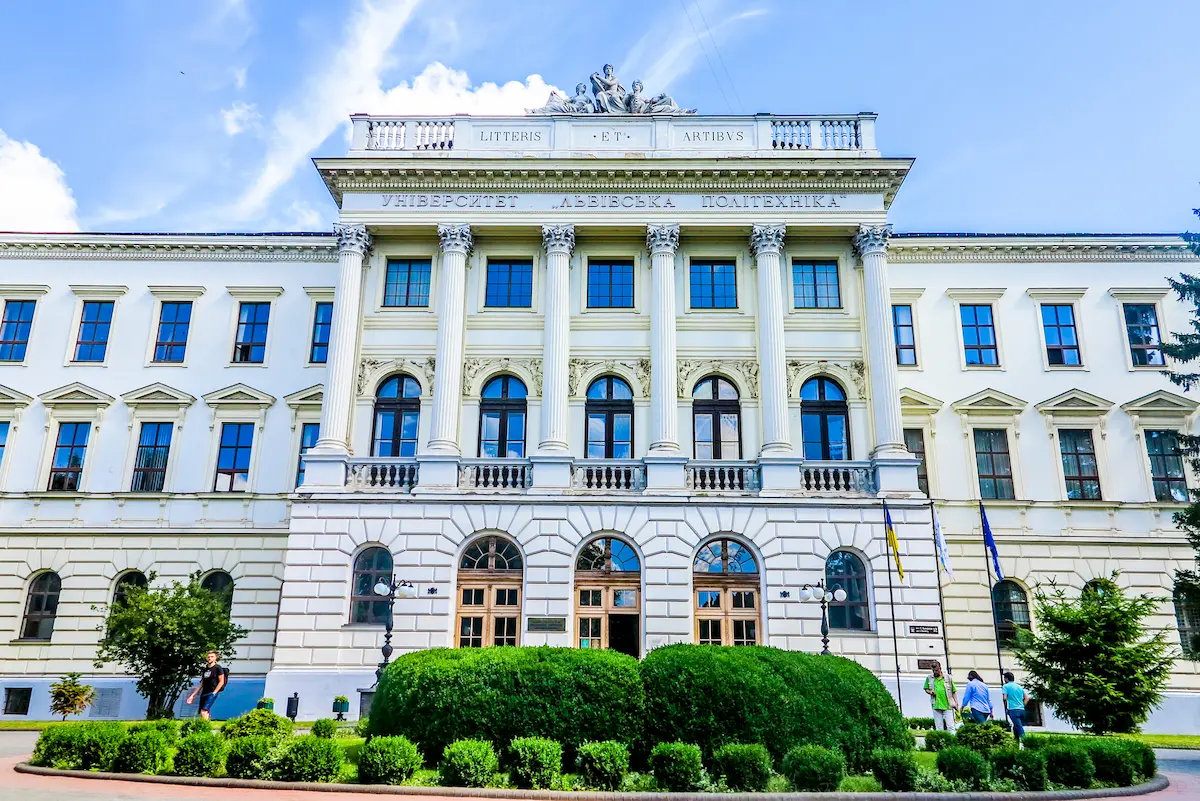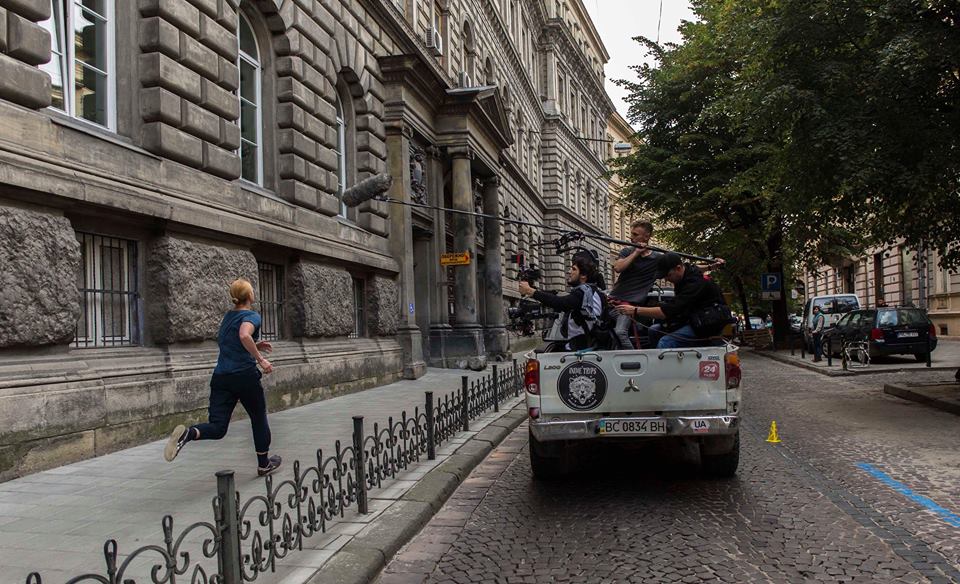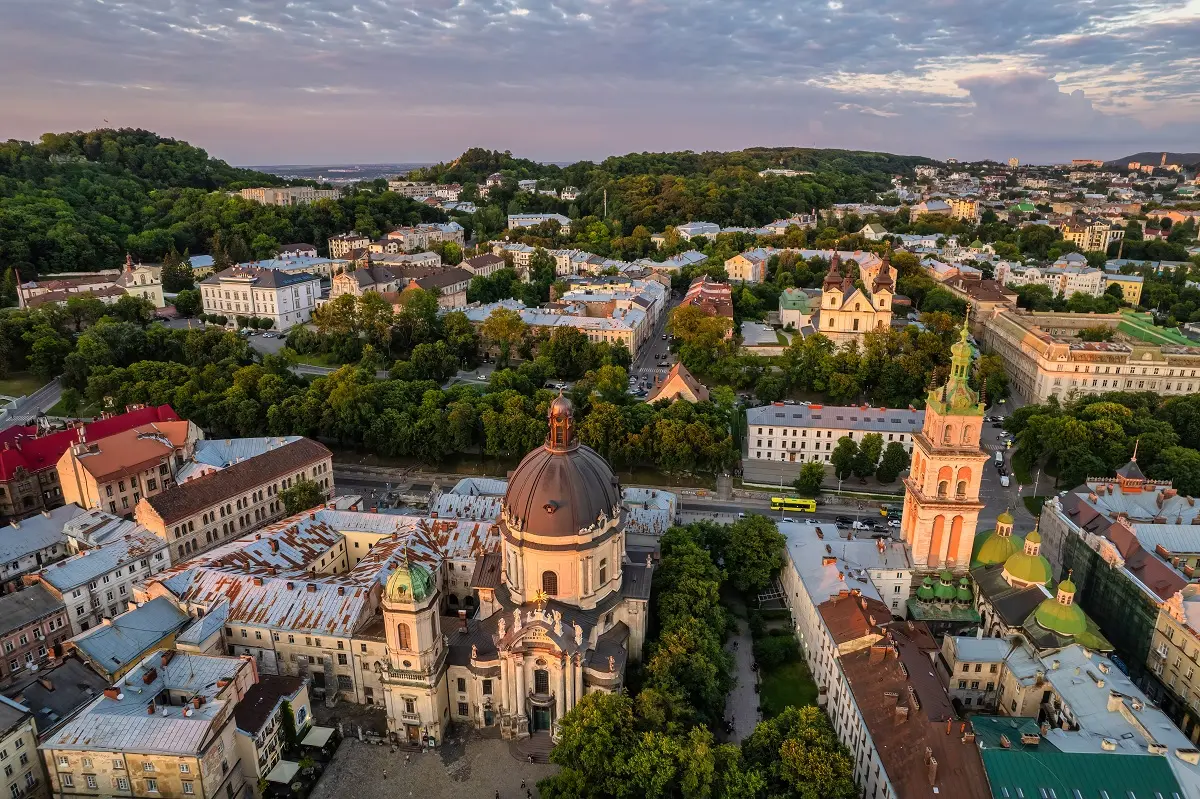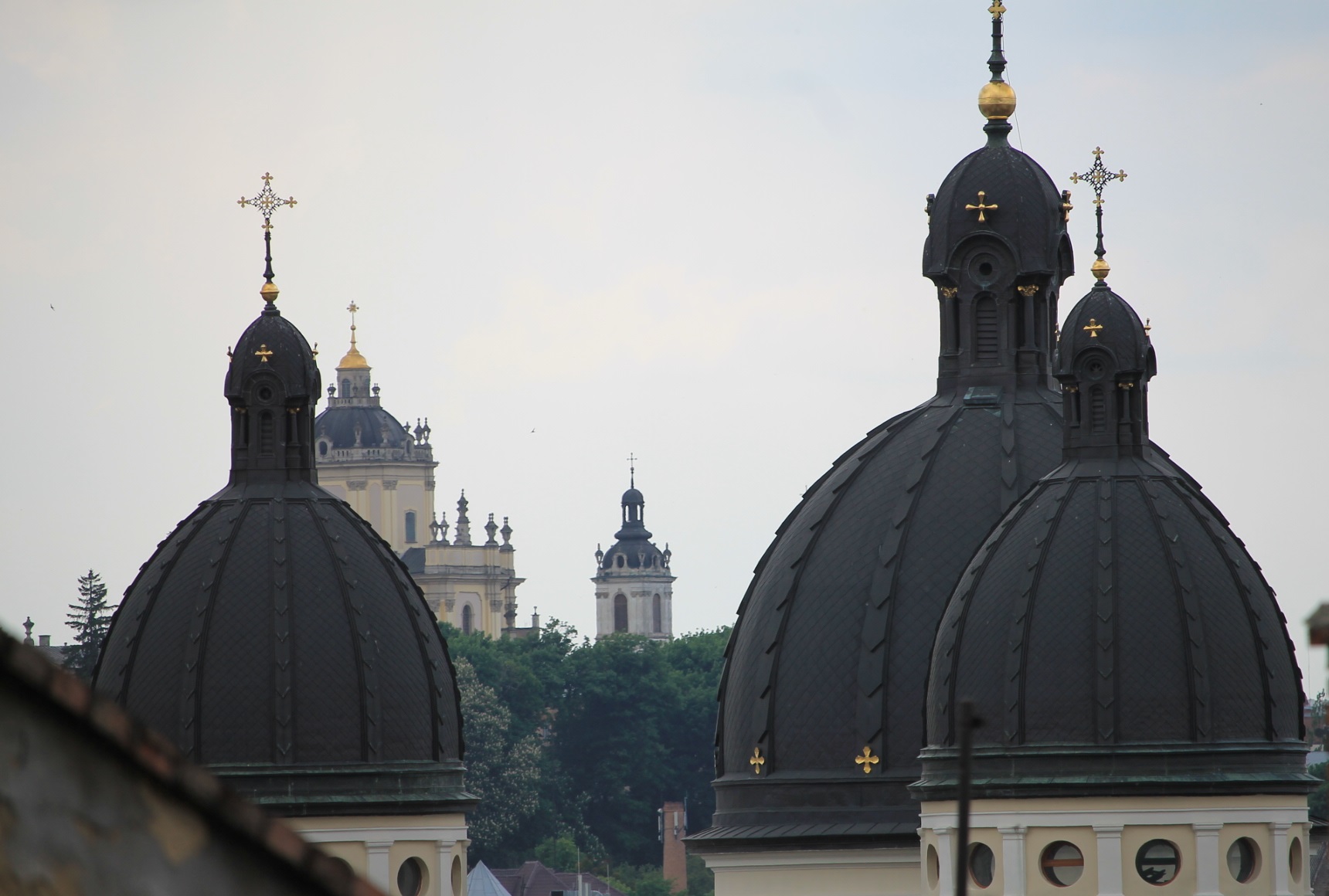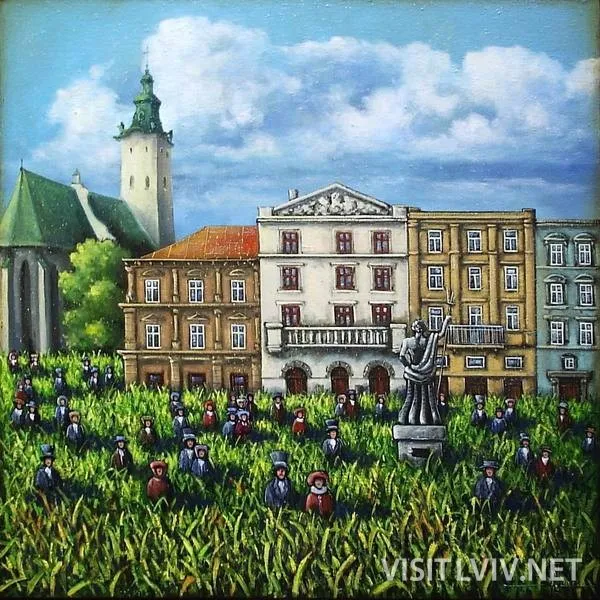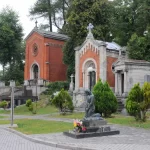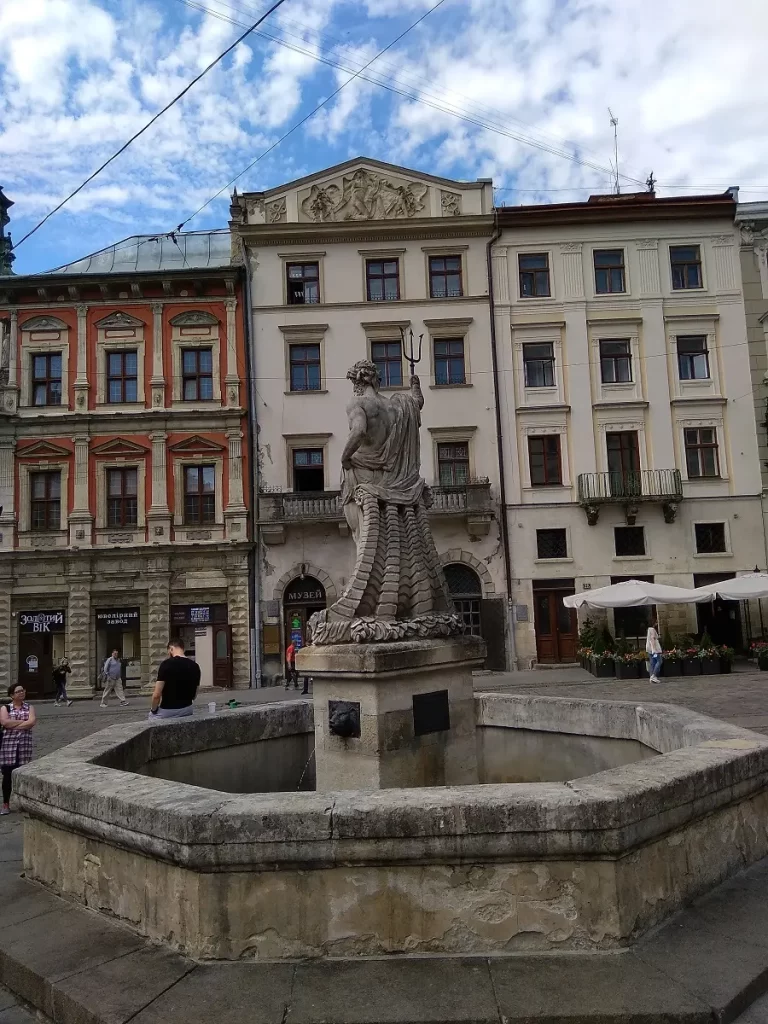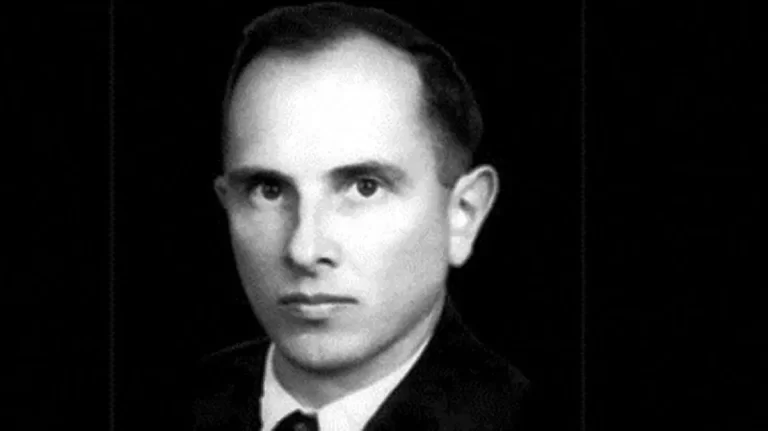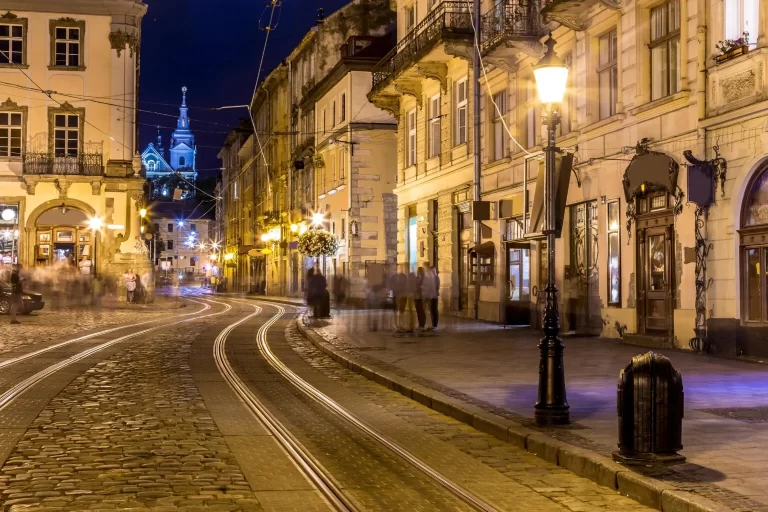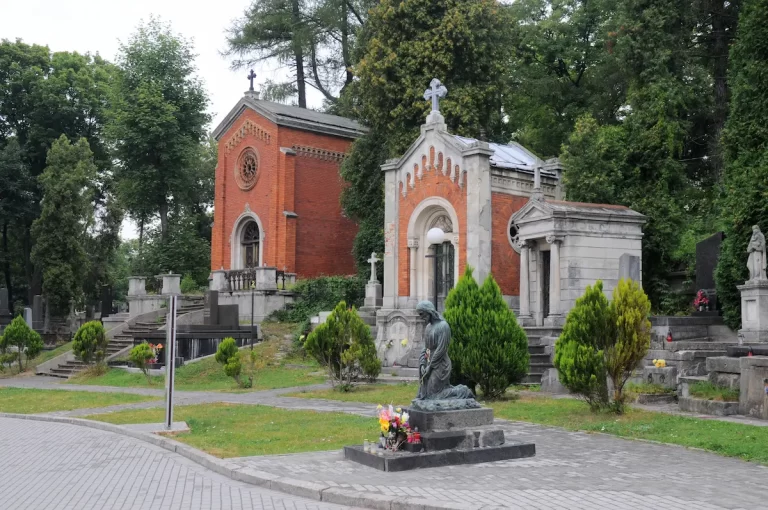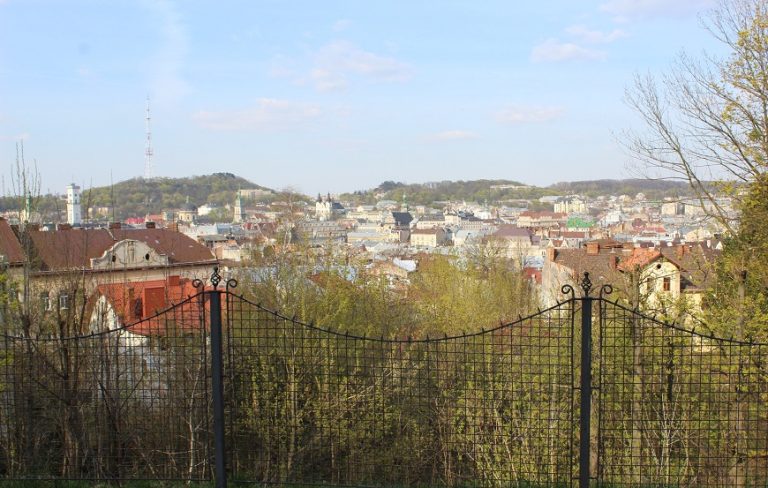Lviv Polytechnic as a tourist gem
Lviv was and is a city of universities. There are a dozen universities here. The largest is Lviv Polytechnic. Here about we will talk about. It will be convenient to see because it is near the center and the station. After all, the university is a whole town that still has its colonies-campuses. But we will talk about the main building. Here it is worth exploring several places at once:
- Reinforced concrete bridge,
- Assembly Hall,
- Old library,
- The Observatory.
Bridge of Tulle
So, the bridge. This is a landmark from the construction exhibition, which was held here in 1892. This bridge was supposed to prove that the new material is not only strong and reliable, but can withstand critical loads without having tested the Millennial arch. For his test, sandbags were installed on him not just full, but with a height with the main building of the polytechnic nearby. The authorship of the bridge is attributed to the teacher of polytechnics, bridge builder Maximilian Tulle. Under the bridge pass during initiation into freshmen.
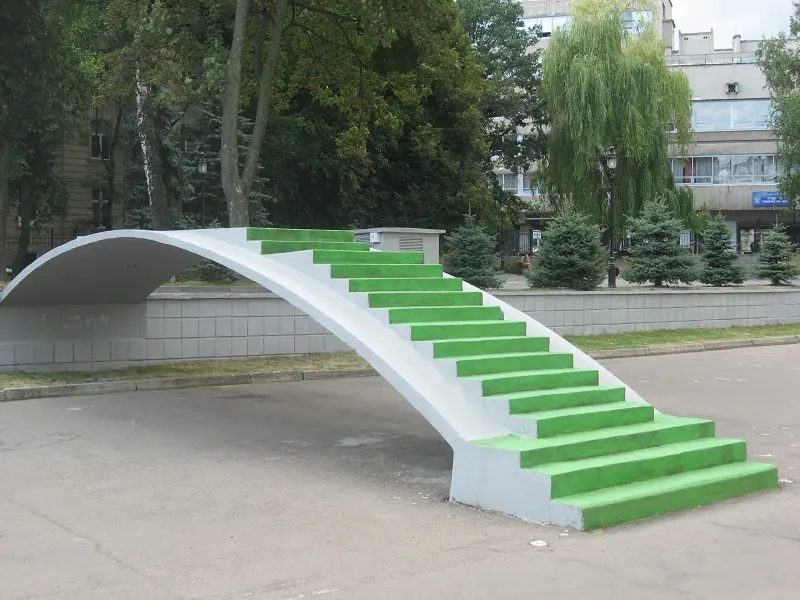
Assembly Hall
Designed, like everything in the main copy of the Polytechnic, by Julian Zakharievich, and implemented by Ivan Dolinsky. This ceiling is one of the most unique in Lviv and has cassettes with selected carvings and ceramic rosettes with gilding. If you do not know, it looks like they are wooden. The top row of walls is adorned with 11 paintings called “Triumph of Progress” among duplicate sculptures. The canvases were created according to the sketches of the then-most famous artist of Galicia Jan Matejko, known for his grandiose canvases about the main events of Polish history.
For four years they were drawn by students of the Krakow Academy of Arts. Their dimensions are 2.30 by 3 m. The paintings are allegorical. And to be well understood by the art critic Goshkovsky during the life of the author, Mateyka wrote a lengthy explanation for them. On its basis, I built a logical interpretation of all canvases as a whole. Here’s my explanation.
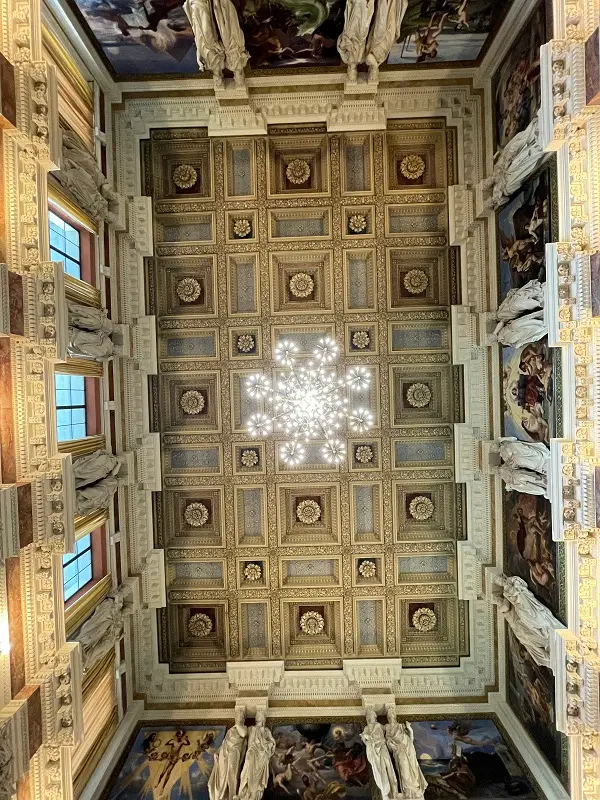
The symbolism of the assembly hall
Three canvases show the technical achievements of mankind to the point of “Invention of the Telegraph,” “Invention of the Railway” and “Suez Canal.” The telegraph is depicted as lightning between the hands of two women separated by water. America is on the rock and Europe is on the bull. This relates us to the ancient legend of the abduction of the princess of Europe Zeus in the form of a bull.
- The development of mankind and the development of arts and science: “Poetry, music, history,” “Sculpture, painting, architecture.” And the driving force forward is inspiration. It is depicted on two canvases: “Holy Trinity” and “God’s inspiration.” In the first, the main character is a young man with a light on his forehead, between Jesus and God the Father. It is the Holy Spirit.
- Another Inspiration in the form of a winged woman with a lamp and the Book of Revelation, where the truth is written: “From the beginning was the Word, and with God was the Word, and the Word was God.” She inspires an elderly man with a book that seeks to know the world
- Knowledge requires the support of Good. In the painting “Faith, Hope Love,” a human genius holds the Earth in his hands. He is the master of the planet. He is inspired by Hope and Love. But Vera is somewhat aloof but ready to help. From the left, the equilibrium of the world is ready to disrupt seven evil forces: Arrogance, Sloppiness, Laziness, Anger, Greed, Gluttony, and Envy with a mirror.
- The theme continues in The Vices of Humanity. The peak of evil is the “Triumph of Satan.” Against the background of fires proudly walks on the corpses of the king of evil, his foot on the head of the dead. There are dead children around. But his victory is incomplete. The woman is alive, and looking for a pulse on the child’s hand. Because there is hope that the future is still possible
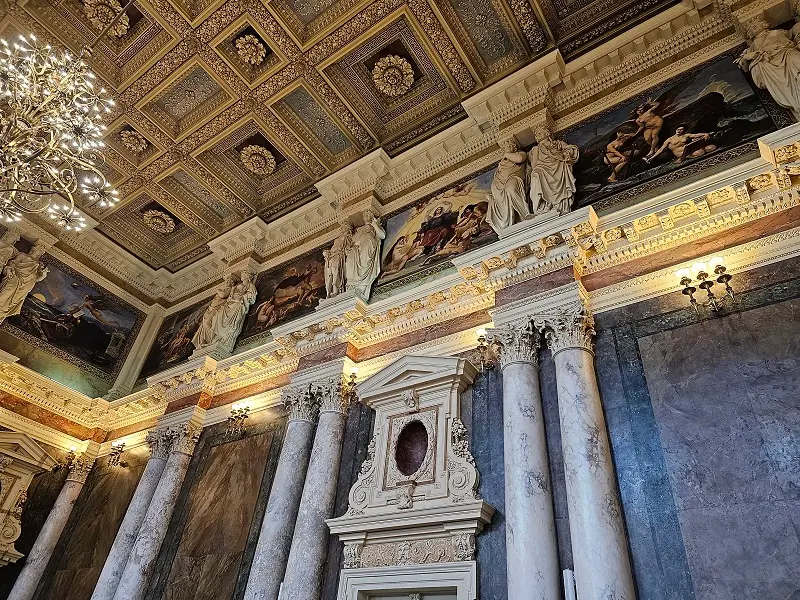
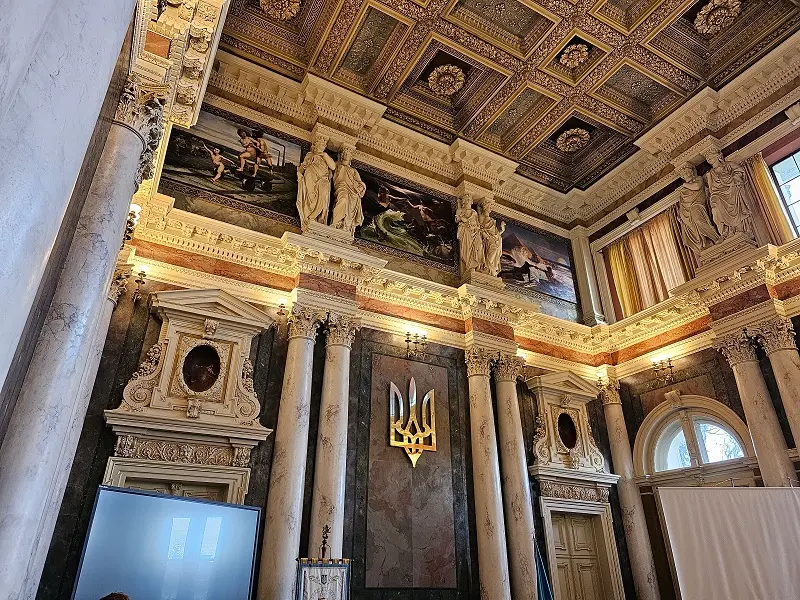
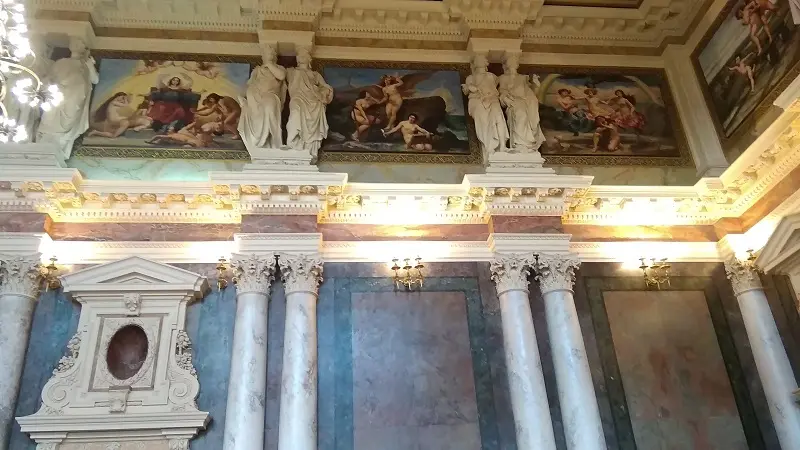
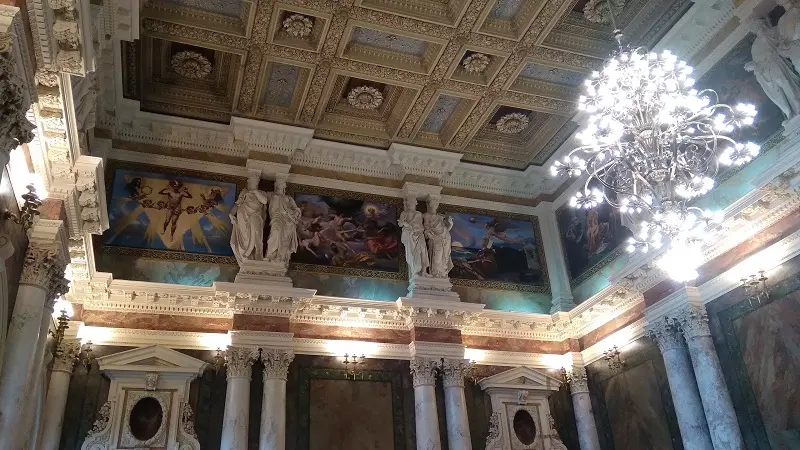
Old Library
The university now has several large libraries. But we are talking about the first library, which occupies only one room. Its uniqueness lies precisely in the two-story closet. Interestingly, it is decorated with heads portrait similar to its creator sculptor Leonard Marconi, and the creator of the hall architect Julian Zakharievich.
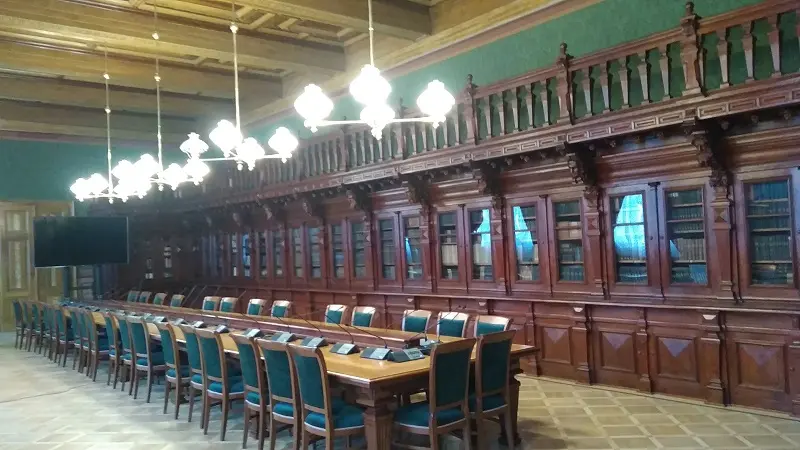
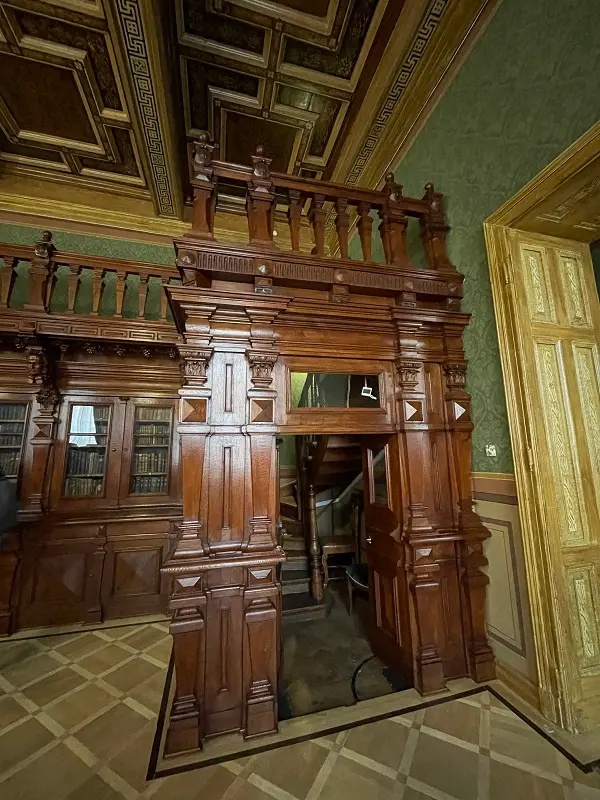
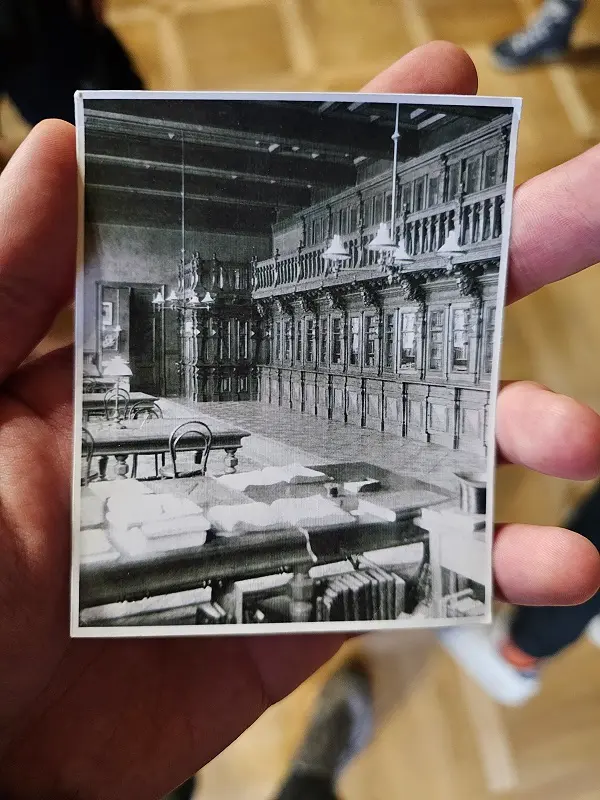
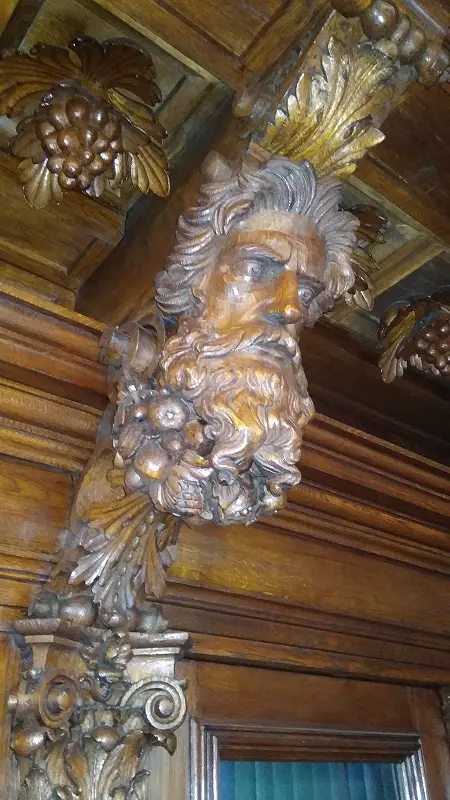
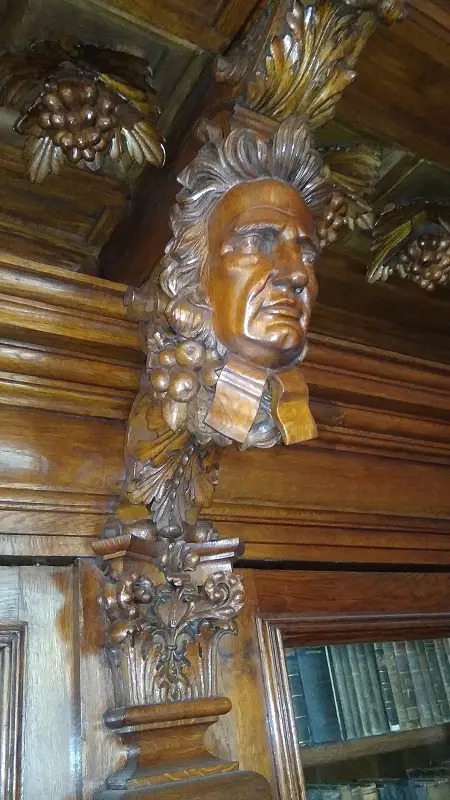
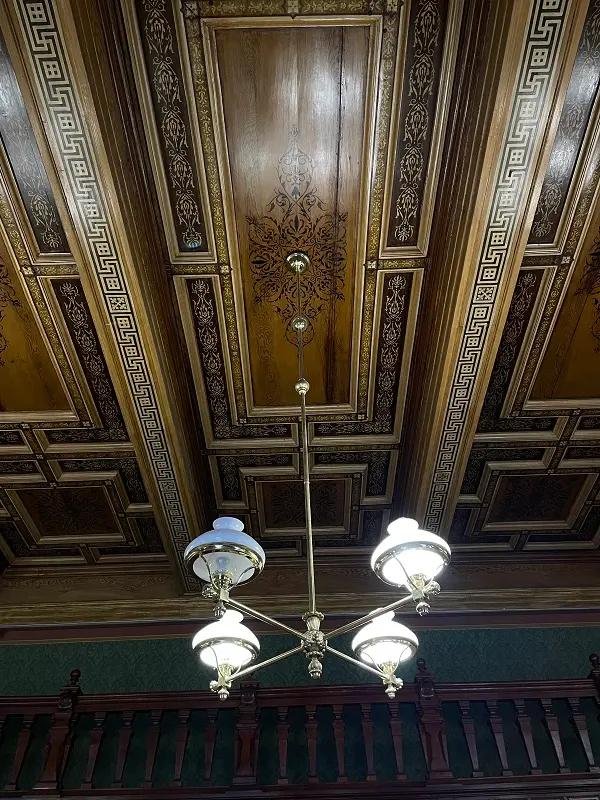
Observatory
This is the second observatory in the history of the city. The first was near the modern monument to Shevchenko, and belonged to the Jesuit collegium.
The Polytechnic Observatory has a unique feature – its instruments stand on two reinforced concrete pillars 30 m high, which are isolated from the walls of the building. They stand alone, and are built from the foundation itself. One was intended for the equatorial circle, the second for the refractor with parallactic mounting.
The observatory had a meteorological and seismic station. In the 1950s, the observatory observed artificial satellites of the Earth, commissioned by the military.
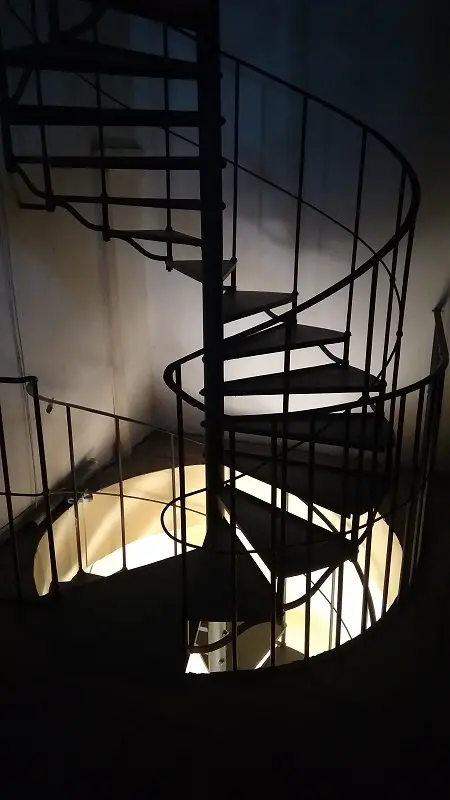
It still contains the Cisar gift – a globe that the emperor presented during his visit to the newly opened building in 1880.
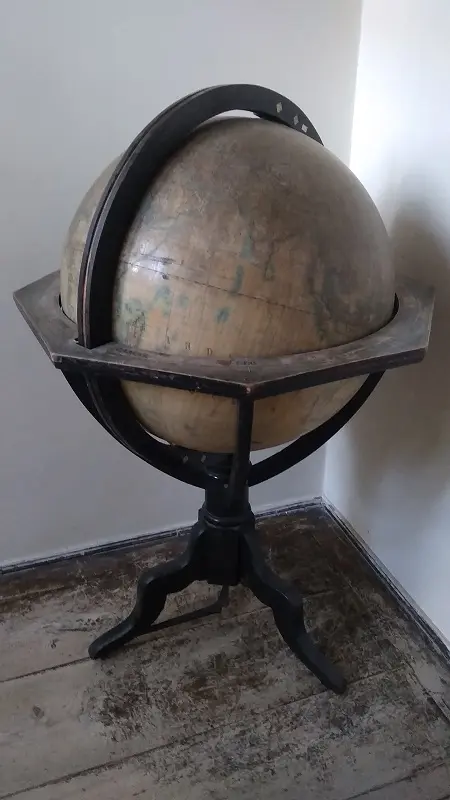
It was the presence of the observatory that led to the emergence of the oldest geodetic department in Ukraine, because the department of higher geodesy and astronomy was created at the observatory in 1871.

